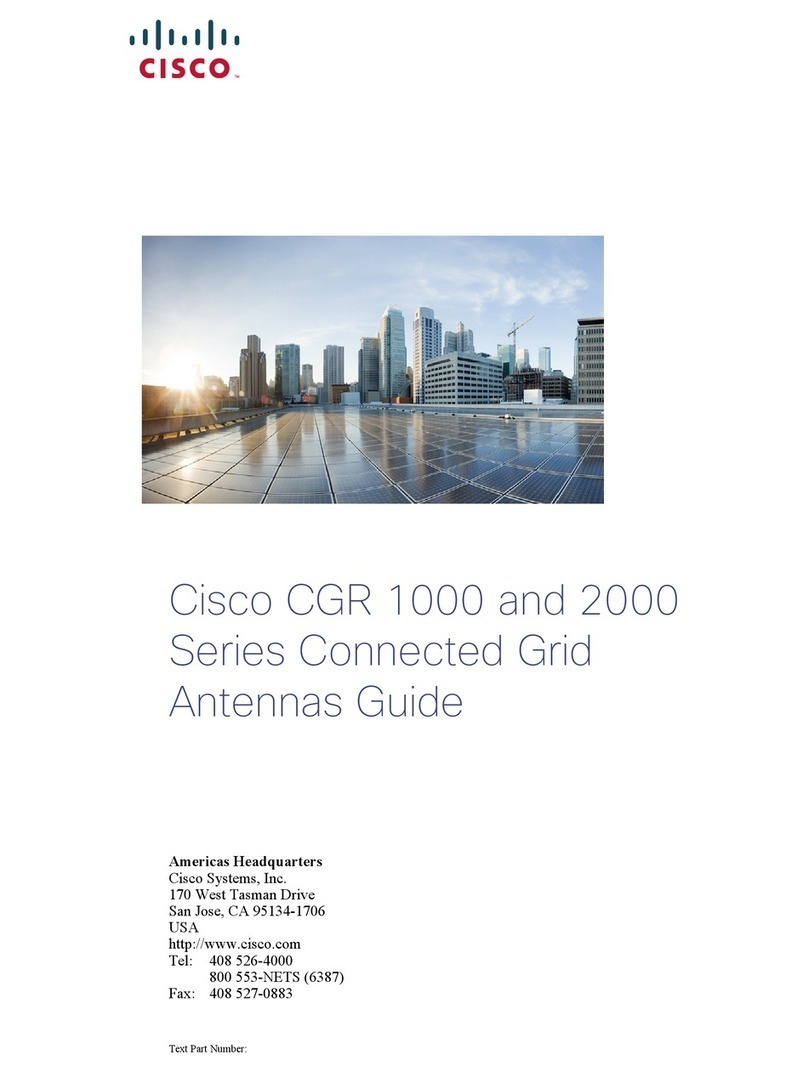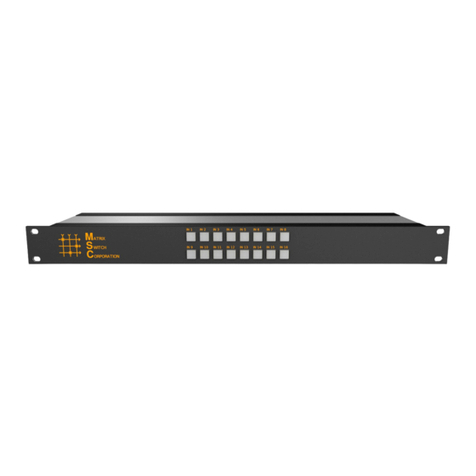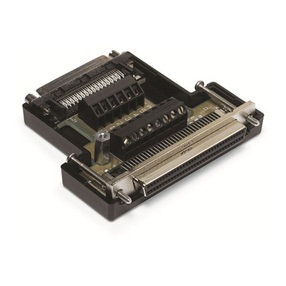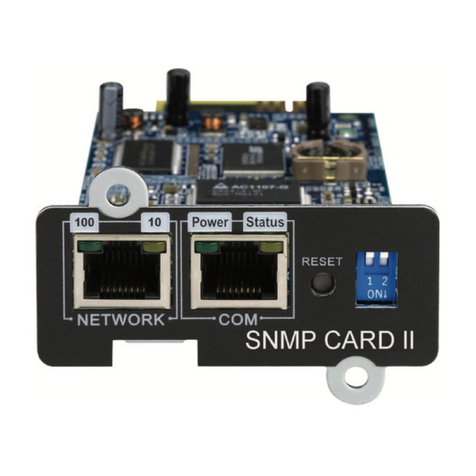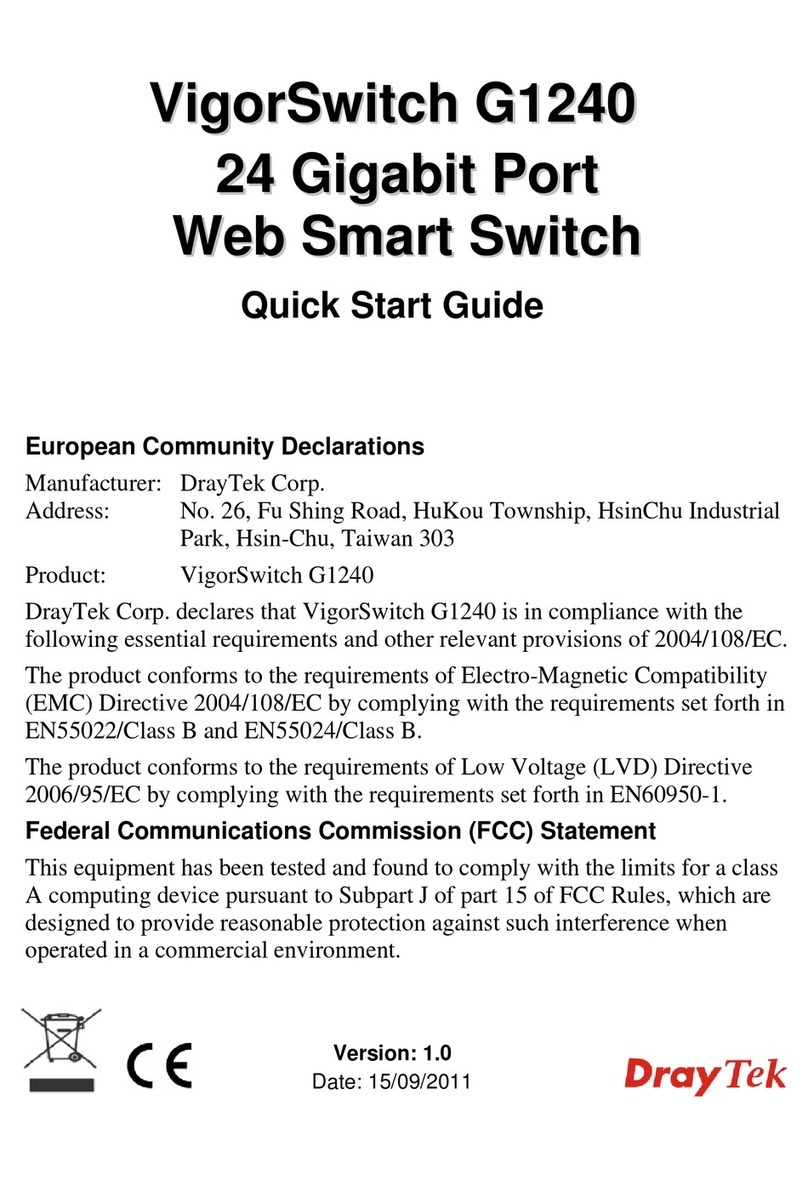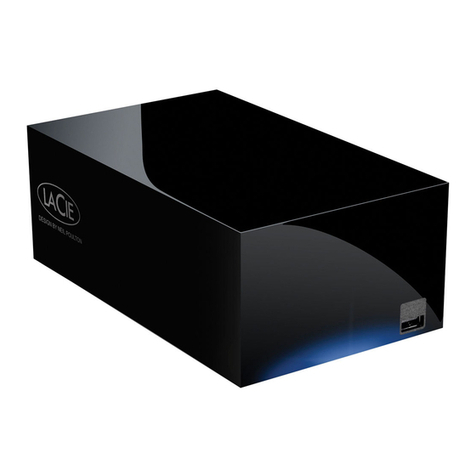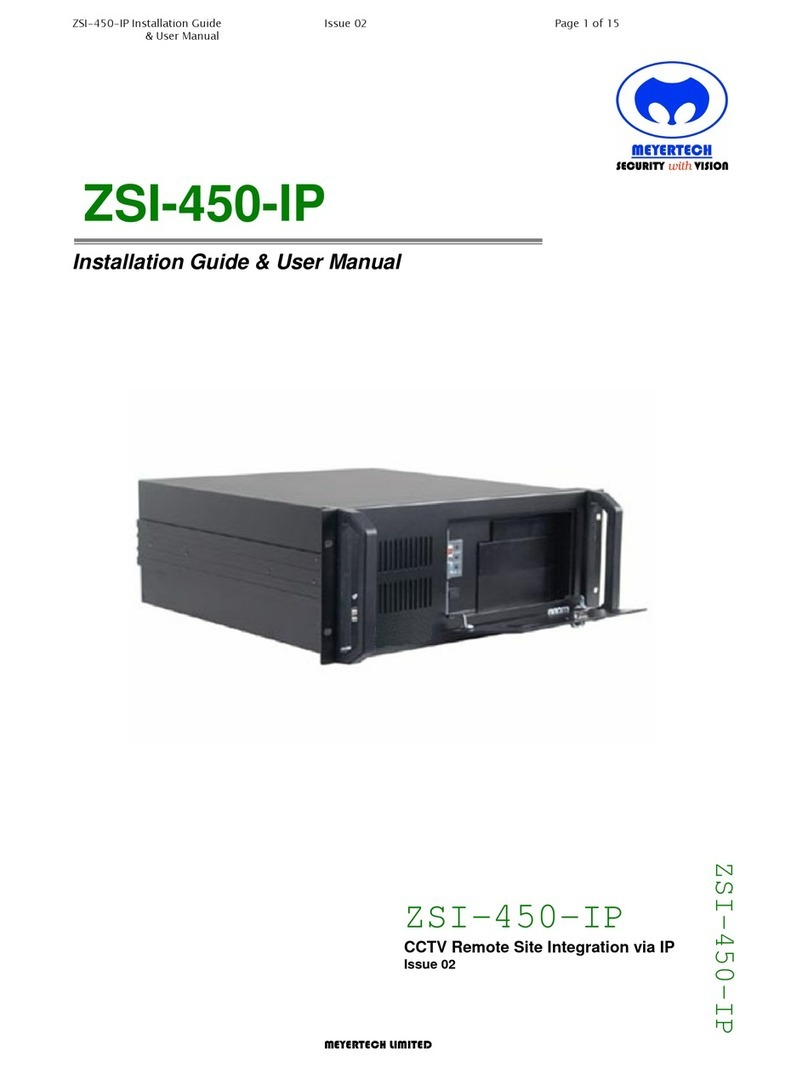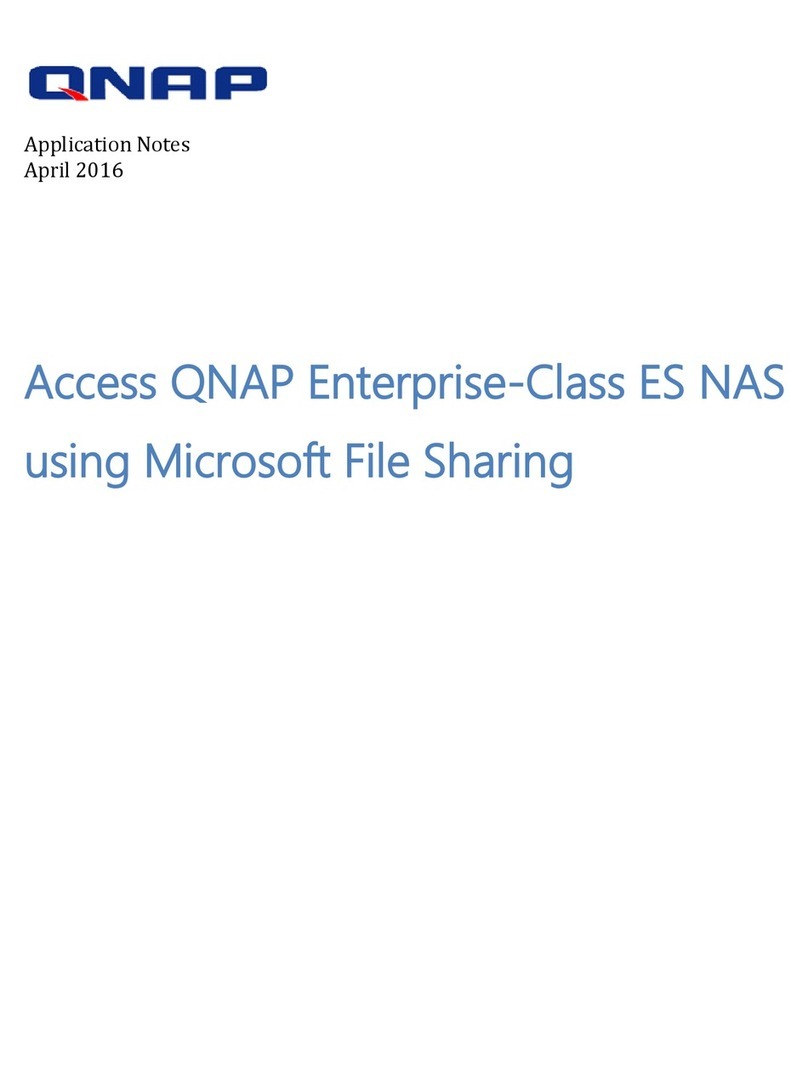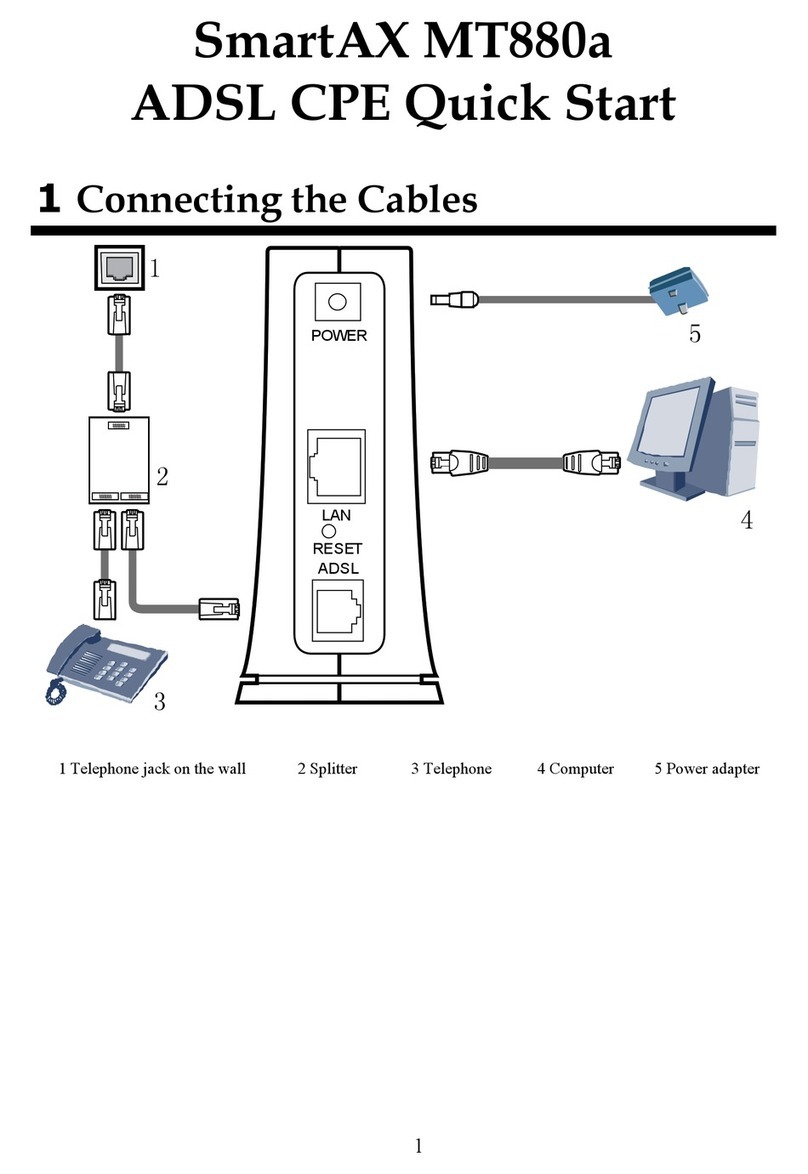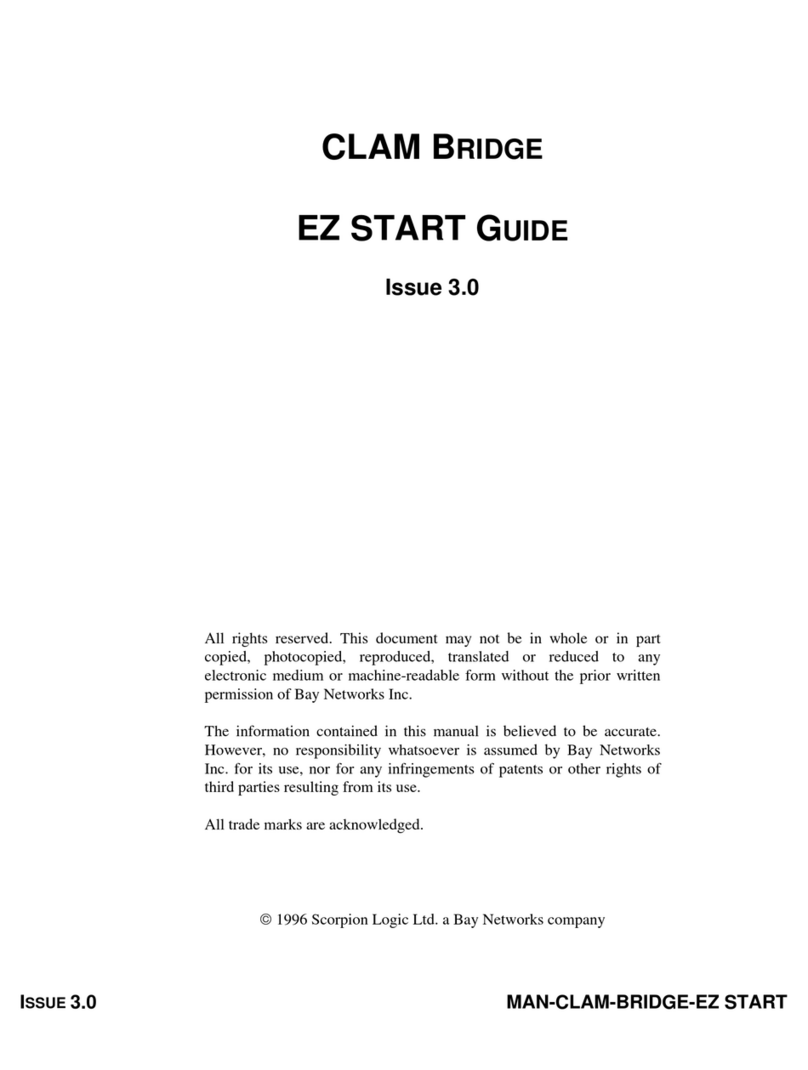3
That is the advantage of a NMEA 2000 network. Every display unit,
gauge or sensor attached to the network communicates with all the others.
Of course location, speed and temperature are not the only kinds of infor-
mation that can be shared. Other capabilities include the ability to share
the amount of fuel remaining in your tanks, detailed engine information
such as oil pressure and fuel efficiency and much more.
NOTE:
You probably noticed there is no transducer mentioned in that list or
anywhere else in this document. The full sonar chart reading from a
transducer takes too much bandwidth for a NMEA 2000 network
which means sonar charts cannotbe shared. Every sonar display
unit requires its own transducer to draw charts.
However, if you have a sonar display unit (with a working trans-
ducer) connected to the NMEA bus it will share the digital depth
with every other display unit on the network.
"NMEA 2000 Bus" or "Network Bus"
Technically, any physical cable properly installed and used to transfer
network information is a "network bus" but in our documentation we
use this term to refer to the standard manufacturer installation ap-
pearing in new boats. This network bus is an installed and operational
network cable running the length of your boat, already connected to a
power supply and properly terminated. Such a bus provides network
nodes at various locations around your boat.
"Network Backbone" and "Network Nodes"
A network bus is built of network nodes spread along a backbone. Net-
work nodes are made by fitting T-shaped connectors into the backbone
(using the sockets on the sides) and attaching a display unit or sensor at
the bottom of the T.
If we stick with the earlier example, the T connectors along the length of
a boat are the equivalent of phone jacks spread throughout a house.
Phones in a home have to be connected to each other to communicate and
in the same way only sensors and display units plugged into the NMEA
network can share information. The backbone is like the phone wiring
that runs throughout a home; it connects these nodes.
Connections found in the middle of the bus will have one or more of these T
connectors with the backbone cables plugged into both sides. Connections
at the end of a network will have the backbone plugged into one side and a
terminator plugged into the other as shown in the following figure.
